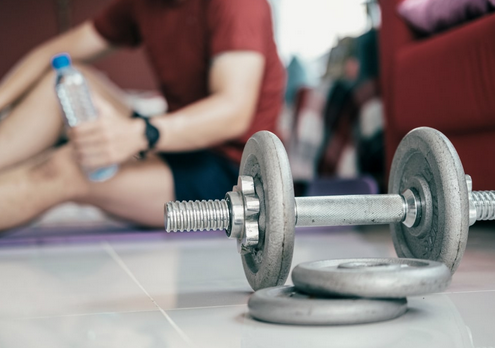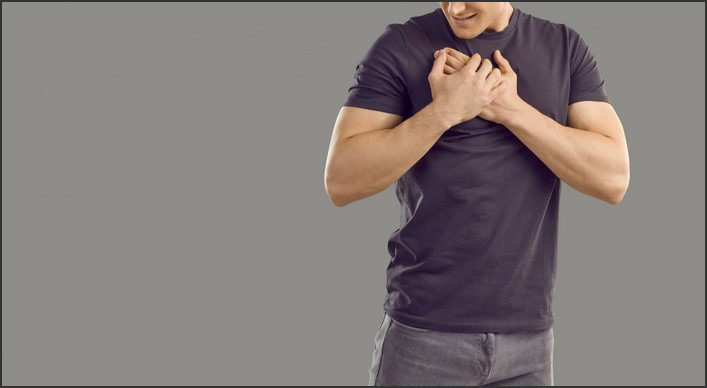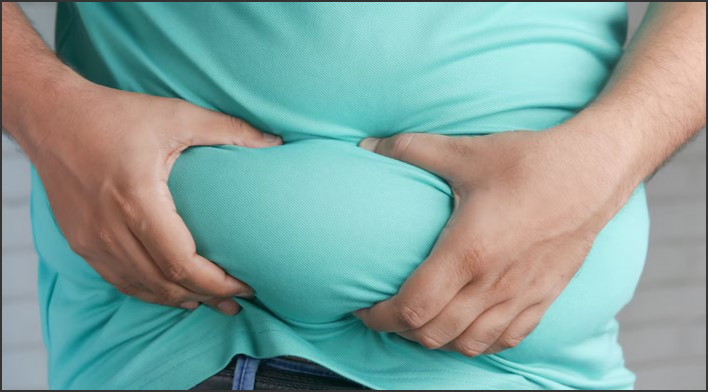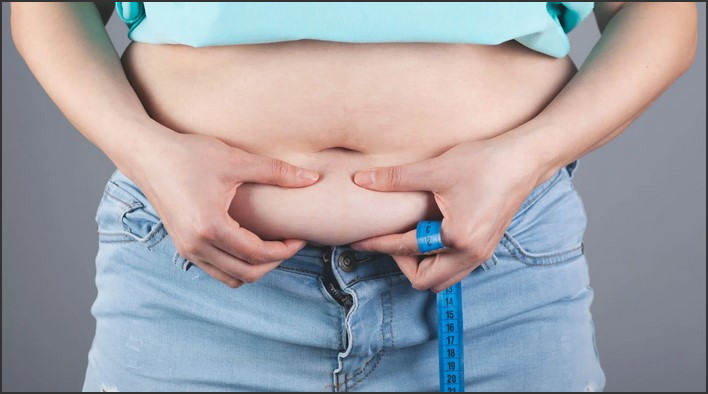
When it comes to achieving fitness goals, the focus often falls on the intensity and consistency of workouts. People tend to believe that more is always better and that pushing their limits every day is the only way to progress. While dedication is essential, many fail to recognize the importance of Rest Days in their fitness routine. Rest is not merely a passive part of training; it plays a vital role in enhancing performance, preventing injury, and optimizing recovery. In this article, we will explore why rest days are critical for long-term success and how they can contribute to achieving your fitness goals.
Why Rest Days Are Essential for Optimal Fitness
Rest days are often misunderstood or undervalued in the world of fitness. The misconception that more exercise equals better results can lead to overtraining, burnout, and injury. Rest, however, provides the body with the necessary time to repair, rebuild, and grow stronger. Whether you’re lifting weights, running, or participating in any other physical activity, taking rest days is essential for maintaining balance and preventing long-term damage.
- Muscle Recovery and Growth
During intense workouts, your muscles undergo micro-tears, which are necessary for muscle growth. However, these tears need time to heal. This process of muscle recovery and growth occurs during rest periods, not during the workout itself. By incorporating Rest Days into your fitness routine, you allow your muscles to repair, become stronger, and increase in size.
Rest days are especially important if you are engaging in strength training or high-intensity interval training (HIIT), both of which place significant stress on the body. Without adequate recovery, your muscles will not have the time to rebuild properly, leading to slower progress, fatigue, and potential injuries.
- Preventing Overtraining and Injury
Pushing yourself to your limits every day without giving your body time to recover can result in overtraining syndrome, which can significantly hinder your performance and overall health. Symptoms of overtraining can include fatigue, irritability, decreased performance, sleep disturbances, and increased susceptibility to injury.
Rest days help to prevent overtraining by giving your muscles, joints, and connective tissues the chance to recover. Without proper recovery, the risk of strains, sprains, and stress fractures increases, as your body becomes more fatigued and vulnerable with each successive workout. By planning rest days strategically, you reduce the likelihood of overuse injuries, ensuring that you can maintain a consistent fitness routine over time.
The Psychological Benefits of Rest Days
Physical recovery is not the only benefit of taking Rest Days; the psychological advantages are just as important. Rest days allow your mind to recharge, which can improve your motivation and mental well-being, ensuring that you don’t experience burnout or frustration with your fitness journey.
- Reducing Mental Fatigue
Intense workouts require mental focus and dedication, which can lead to mental fatigue over time. When you’re constantly pushing yourself to perform, it can be mentally exhausting, and your motivation can wane. Taking rest days gives your mind the opportunity to recuperate, helping to maintain a healthy balance between effort and recovery.
Mental rest is crucial for preventing feelings of burnout, allowing you to return to your next workout session feeling refreshed, motivated, and ready to push yourself again.
- Maintaining Motivation and Consistency
One of the biggest challenges in maintaining a fitness routine is staying motivated. If you don’t give yourself proper rest, both physically and mentally, it becomes easy to feel overwhelmed or disheartened by the constant pressure to perform. Rest days, when strategically placed, can actually increase long-term adherence to your fitness plan by allowing you to maintain a positive mindset and enthusiasm.
Taking a day off here and there provides the mental clarity needed to stay committed to your goals. It reminds you that fitness is a marathon, not a sprint, and that pacing yourself is key to sustainable progress.
How to Incorporate Rest Days Effectively in Your Fitness Routine
The key to a successful fitness routine is balance, and rest days are a crucial part of that equation. The exact number of rest days you need will depend on several factors, including your fitness level, the intensity of your workouts, and your overall goals. Here are some practical tips on how to incorporate Rest Days effectively into your routine:
- Listen to Your Body
One of the most important principles of a balanced fitness plan is listening to your body. If you are feeling exhausted, sore, or mentally fatigued, it’s a sign that your body needs rest. Pushing through the discomfort may result in diminished performance or injury. Pay attention to your energy levels, and don’t hesitate to take an extra rest day if necessary.
- Active Recovery Days
Rest days don’t always have to mean complete inactivity. Active recovery days are a great way to stay engaged without putting excessive strain on your body. Activities such as yoga, stretching, walking, or swimming can promote blood flow and help ease muscle soreness without taxing your body too much. These light activities aid in recovery by helping to increase circulation and reduce muscle stiffness.
- Schedule Rest Days Regularly
If you are following a structured workout plan, make sure to schedule rest days into your week. For most people, taking one to two full rest days per week is ideal, but this can vary based on individual needs. For instance, someone doing heavy weight training may need more recovery time, while a beginner might benefit from a day off after three or four days of exercise. The goal is to strike a balance that allows you to consistently train without compromising recovery.
- Cross-Training and Variety
Another effective strategy is incorporating cross-training into your routine. Cross-training helps target different muscle groups and can be easier on specific areas of the body that might need extra recovery time. This reduces the likelihood of overuse injuries and ensures that your rest days aren’t leaving you feeling stagnant. By varying your workouts, you allow certain muscle groups to rest while still engaging in light physical activity.
Incorporating Rest Days into your fitness routine is essential for maximizing performance, preventing injury, and maintaining mental well-being. Far from being a sign of weakness or laziness, rest is an integral part of the training process that allows your body to recover and grow stronger. By strategically planning your rest days and listening to your body’s needs, you will enhance your ability to progress in your fitness journey and avoid the pitfalls of overtraining. Remember, fitness is about consistency over time, and rest is just as important as the work you put in. Prioritize your rest days, and you’ll see better long-term results in both your physical and mental health.








